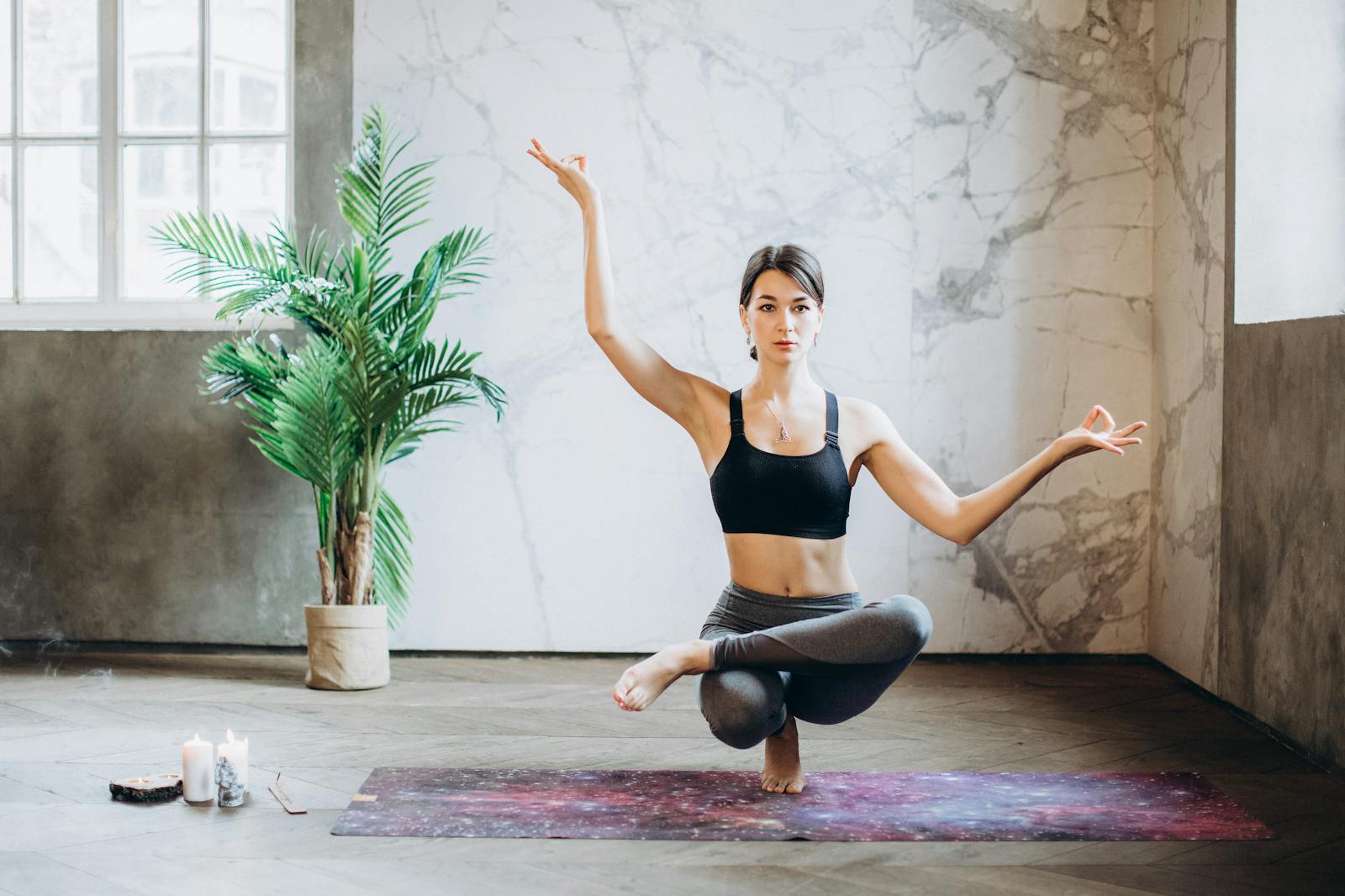This one trick drops high blood pressure by 32 points: Thunder and Fire God Art has been proven to successfully lower blood pressure. By harnessing the natural elements to increase circulation, this ancient practice uses their weak power compared to our physical strength to achieve this effect.
One trick pony players are those who specialize exclusively in one champion and excel at it, potentially becoming irritating for those wanting to explore other heroes.
The 4-7-8 breathing exercise
Stress can often be the source of high blood pressure, but there's an effective solution: The 4-7-8 breathing exercise. Based on ancient practice of pranayama, this practice can quickly and effortlessly calm both mind and body - it can even be performed before going into meetings or lying down before sleeping!
Follow this process: Inhale through your nose for four counts; hold for seven counts, and exhale through your mouth for eight (you may need to purse your lips slightly, but the whooshing sound should still be audible). Repeat three cycles for maximum benefit; this activates the parasympathetic nervous system which works to relax and restore tranquility in your body, as well as lower blood pressure, heart rate and tension in tense neck and jaw muscles.
Also read: "Is a Sugar Daddy Sending Check Through Email? 4 Great Tips for Your Safety."
Slow, rhythmic breathing offers many significant advantages that won't manifest overnight, yet with practice the results can be considerable. Retraining your default response to stressful situations becomes possible through repetition. A 4-7-8 breathing exercise is one such effective practice which not only lowers blood pressure but can reduce anxiety levels as well as enhance overall mood and quality of sleep.
The supine position
The supine position is one of the most widely utilized positions to rest or sleep. Furthermore, yoga and Pilates classes often incorporate this position as part of their classes' exercise repertoires. Unfortunately, lying supine may exacerbate certain health and medical conditions.
If you suffer from REM-related obstructive sleep apnea, lying in a supine position can make breathing harder and cause hypopneas. This is because expanding and raising the head becomes harder with increased lung compression in this position. Furthermore, lying supine may increase risk for low back pain.
Sleeping in the supine position increases your risk of gastroesophageal reflux disease (GERD). To mitigate this risk, it's essential that you eat small meals and sit upright for 30 minutes after each meal before lying back down into the supine position.
As well, lying supine while pregnant can have adverse effects on both heart rate and blood flow of both mother and baby. A study conducted in New Zealand suggested that sleeping supine may reduce oxygen delivery to the placenta, increasing mother risk during labor and delivery complications as well as an infant risk for sudden infant death syndrome (SIDS)- so much so that some premature babies aren't permitted to use this position until full-term gestation begins.
Yoga
High blood pressure is a risk for heart disease, but there are natural ways to lower it such as diet and exercise, not smoking or drinking alcohol, and adding yoga into your life. Studies show that yoga may be as effective as medication when combined with diet and lifestyle changes in terms of reducing both systolic and diastolic blood pressure levels.
Yoga offers relaxing exercises and breathing exercises that can significantly lower both your systolic and diastolic numbers, by sensitizing receptors called baroreceptors in the body that measure fluid movement in arteries. Slow, deep breaths increase their sensitivity, helping your body more effectively regulate your blood pressure.
Yoga practices such as child's pose (kneeling with belly resting between thighs) and forward bends may help reduce your blood pressure, though inversions such as headstand or handstand should generally be avoided by people with high blood pressure; check with your physician first before adding these practices into your practice routine.
Implementing a yogic lifestyle can help you lose weight, which in turn reduces blood pressure. A typical yogic diet typically consists of whole grains, fruits and vegetables; animal products and dietary fats should be limited or avoided altogether.


Post a Comment